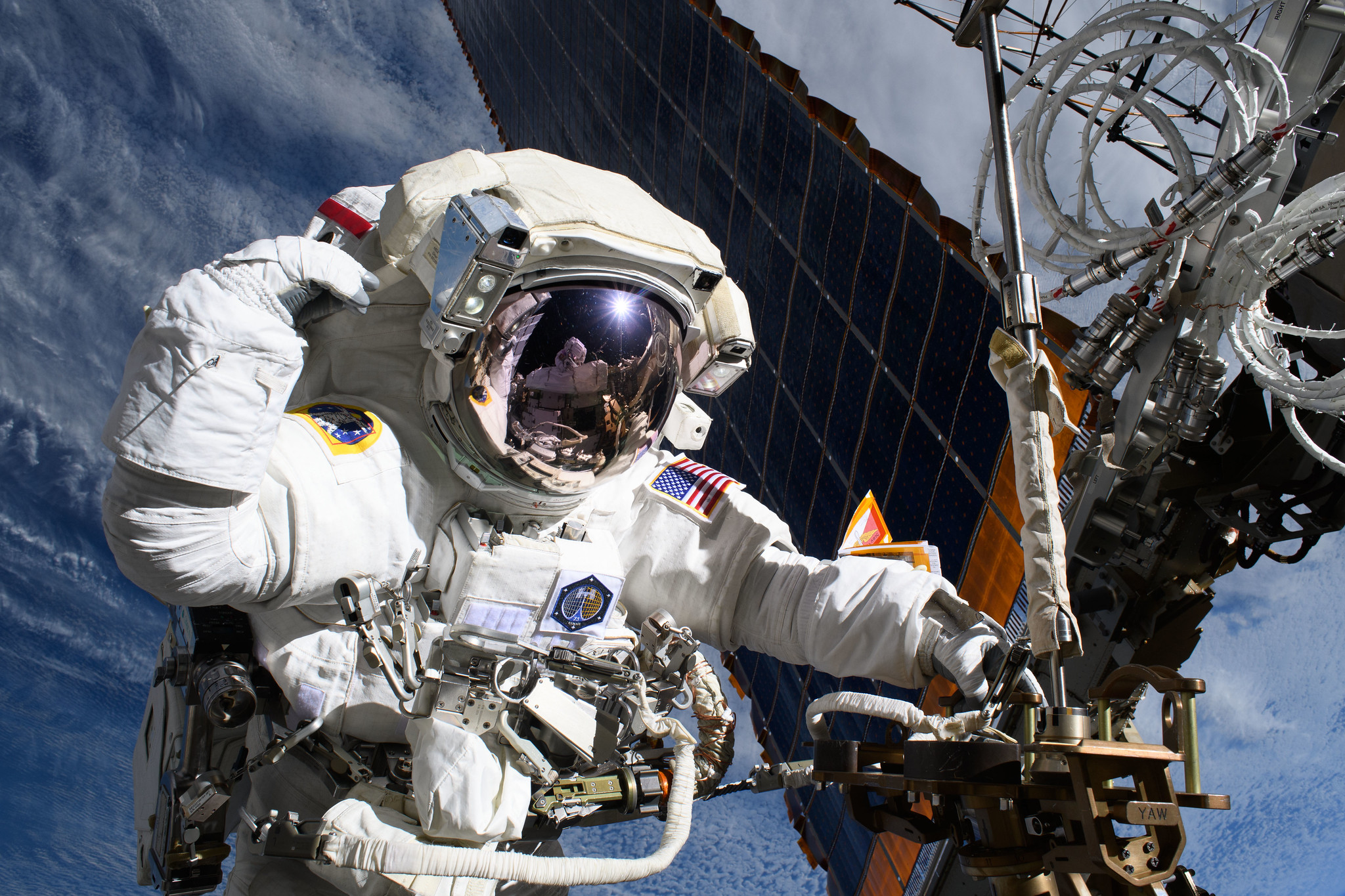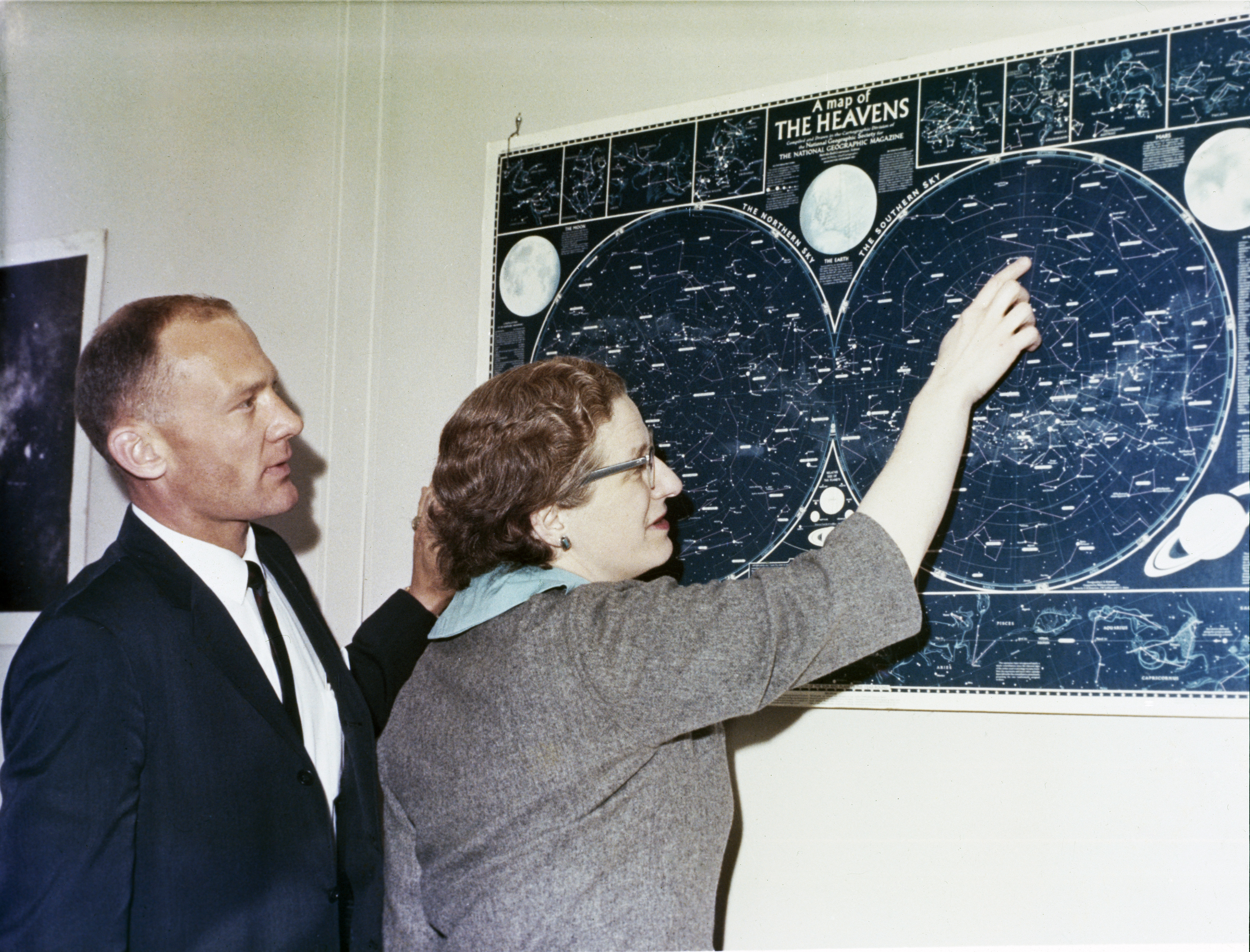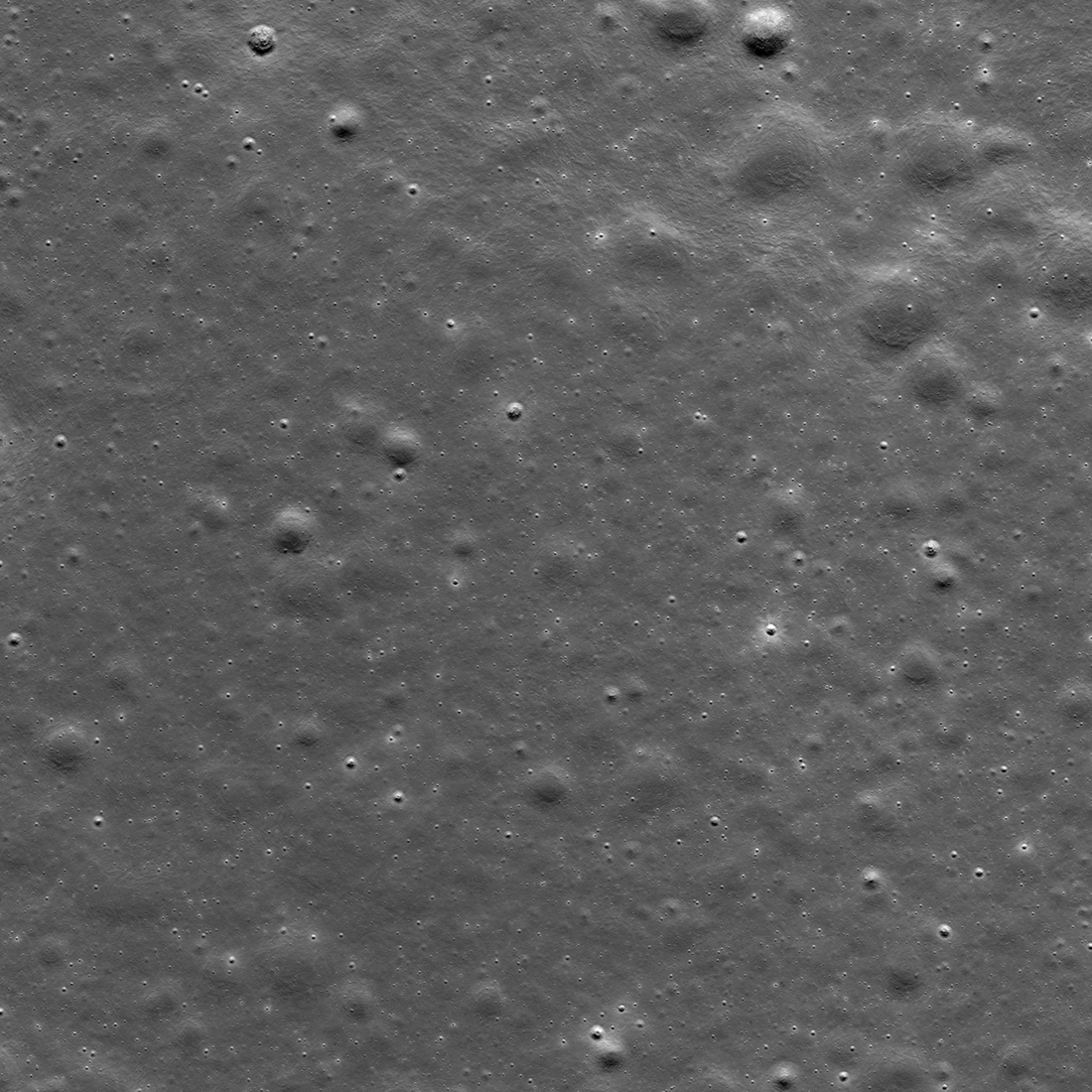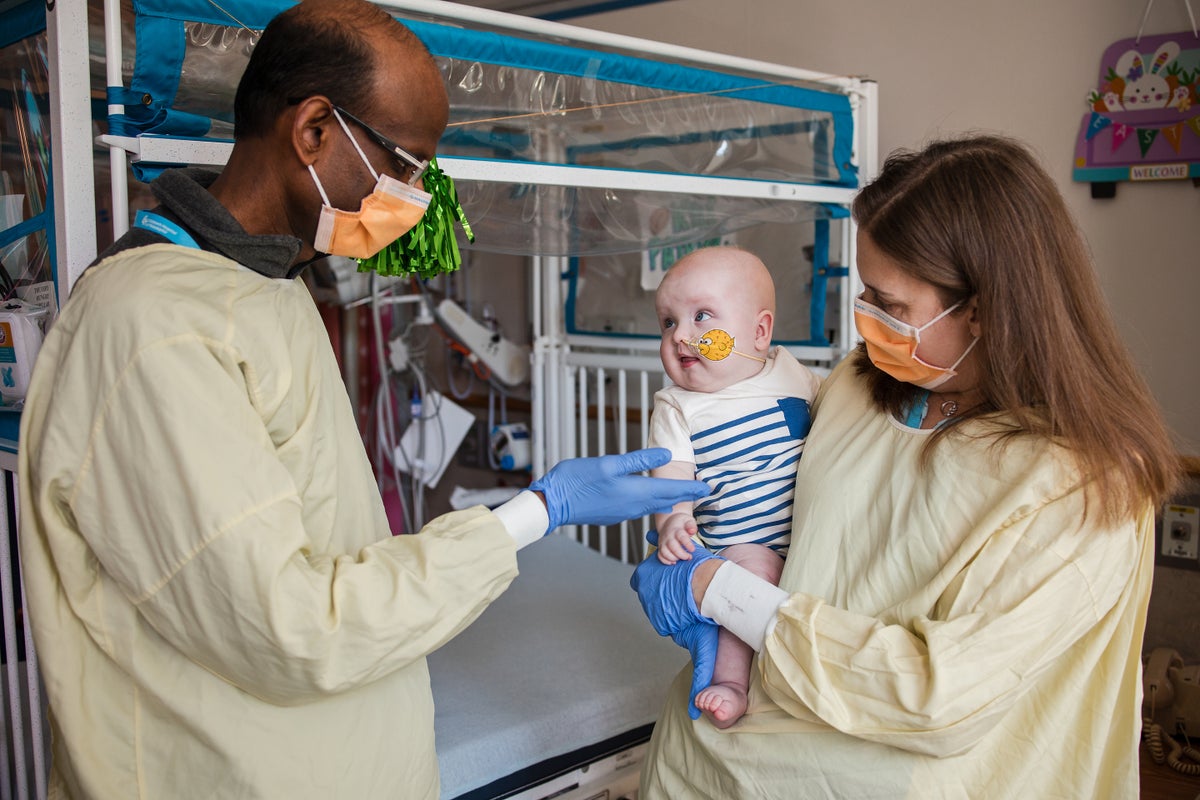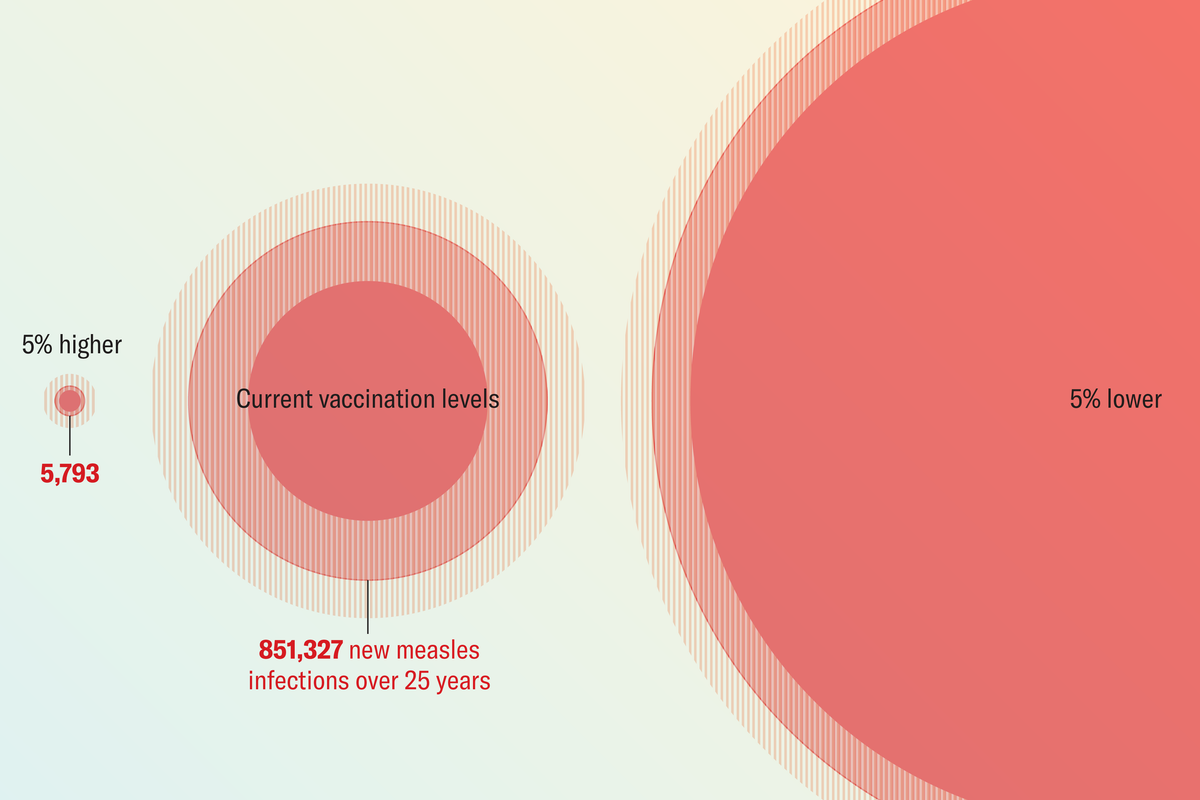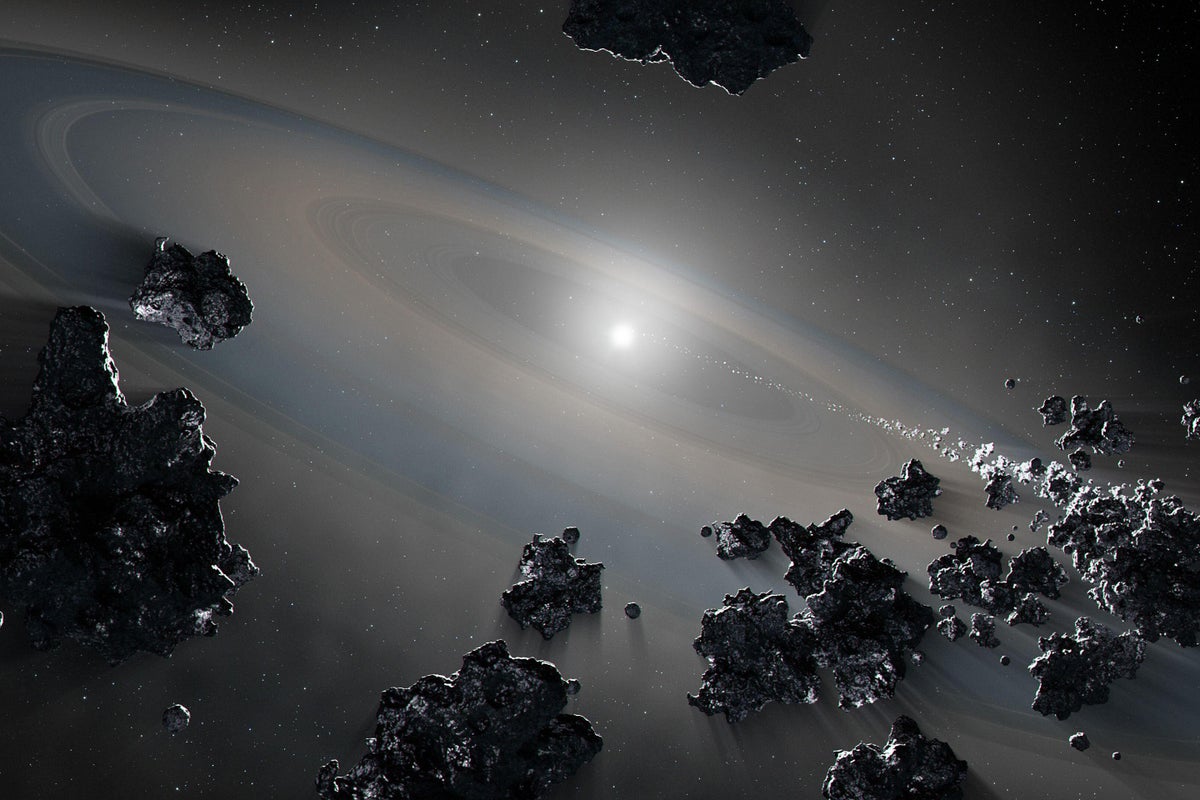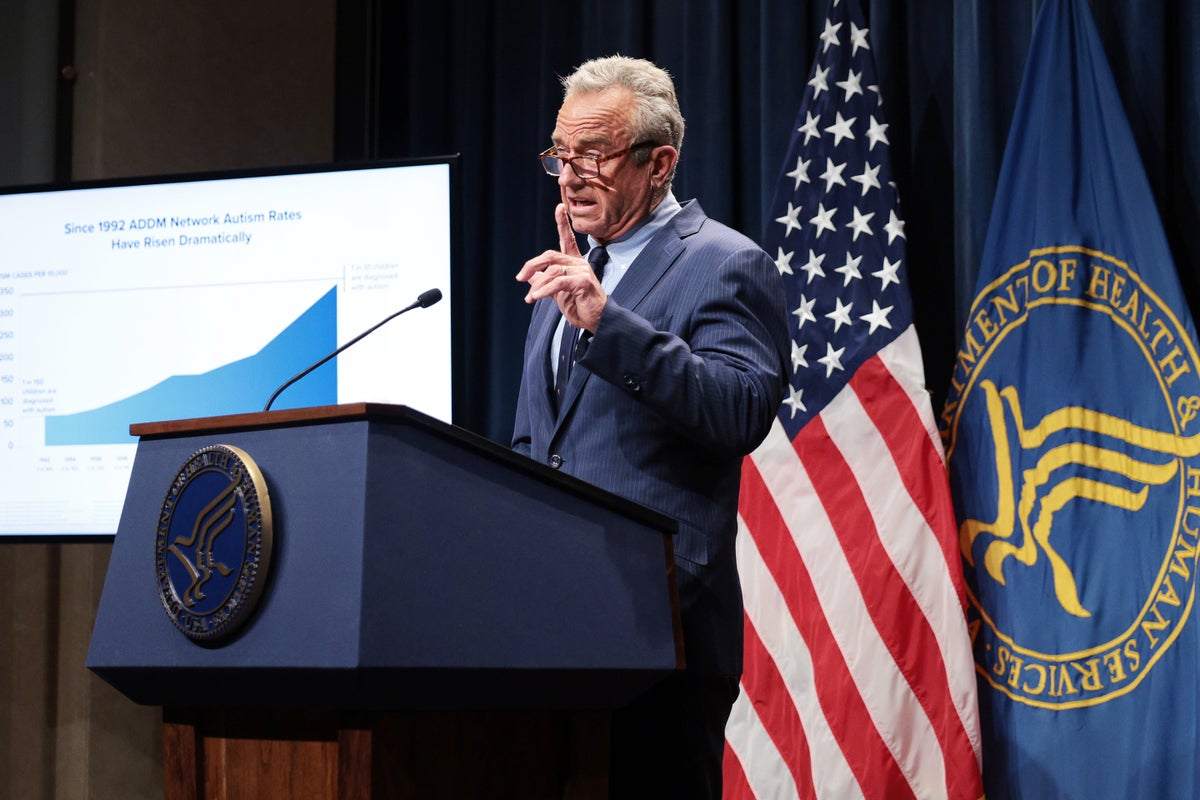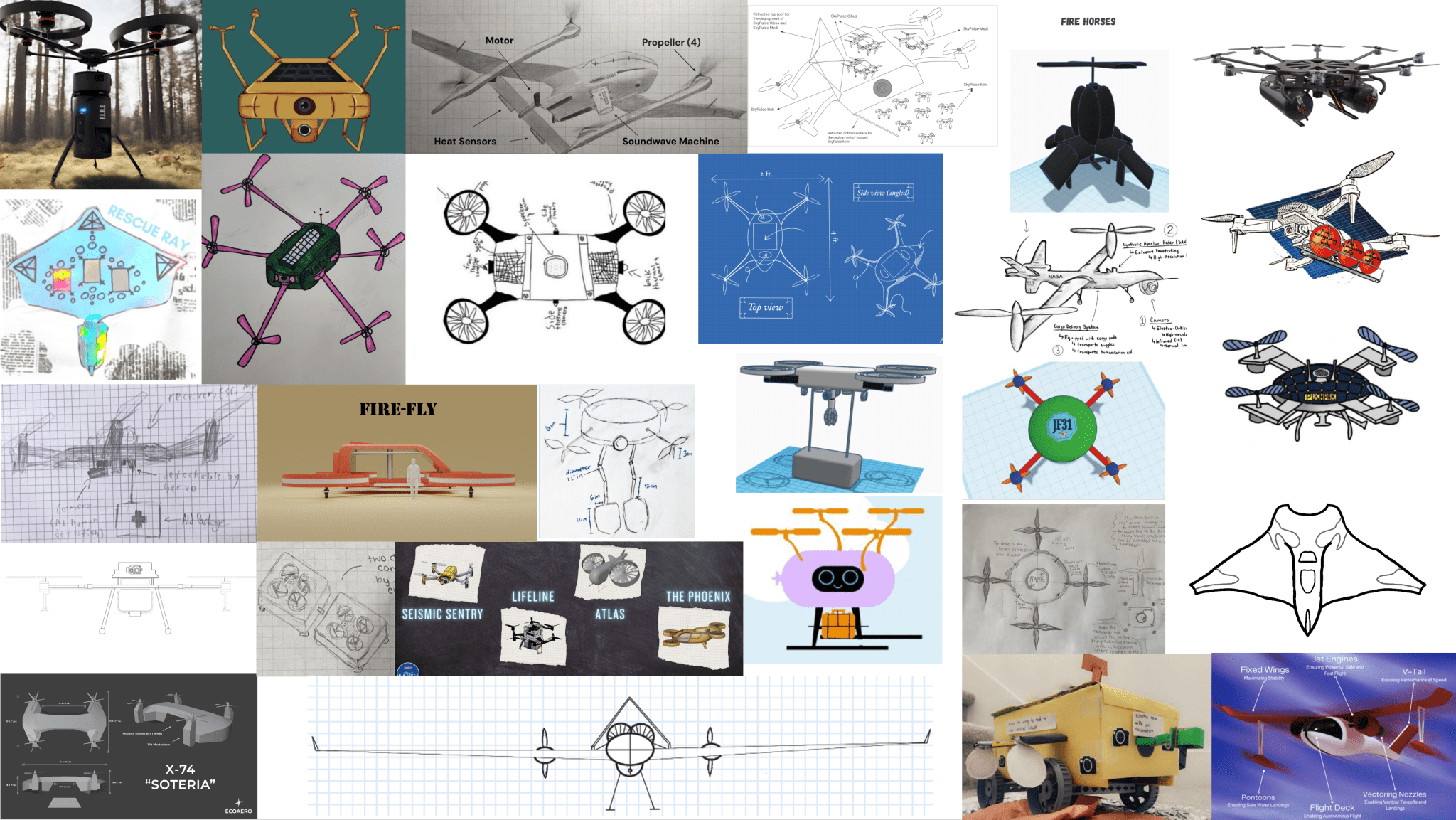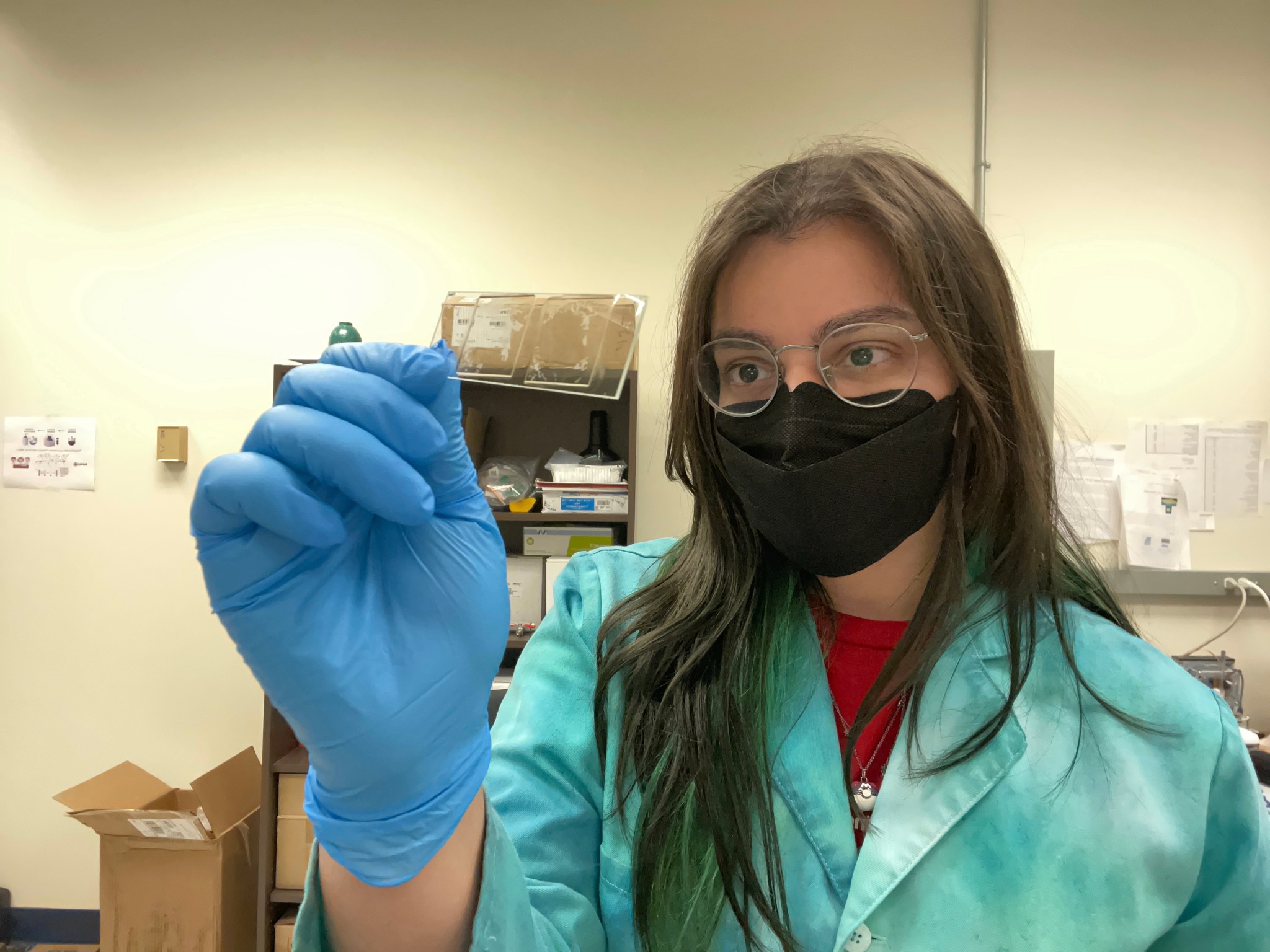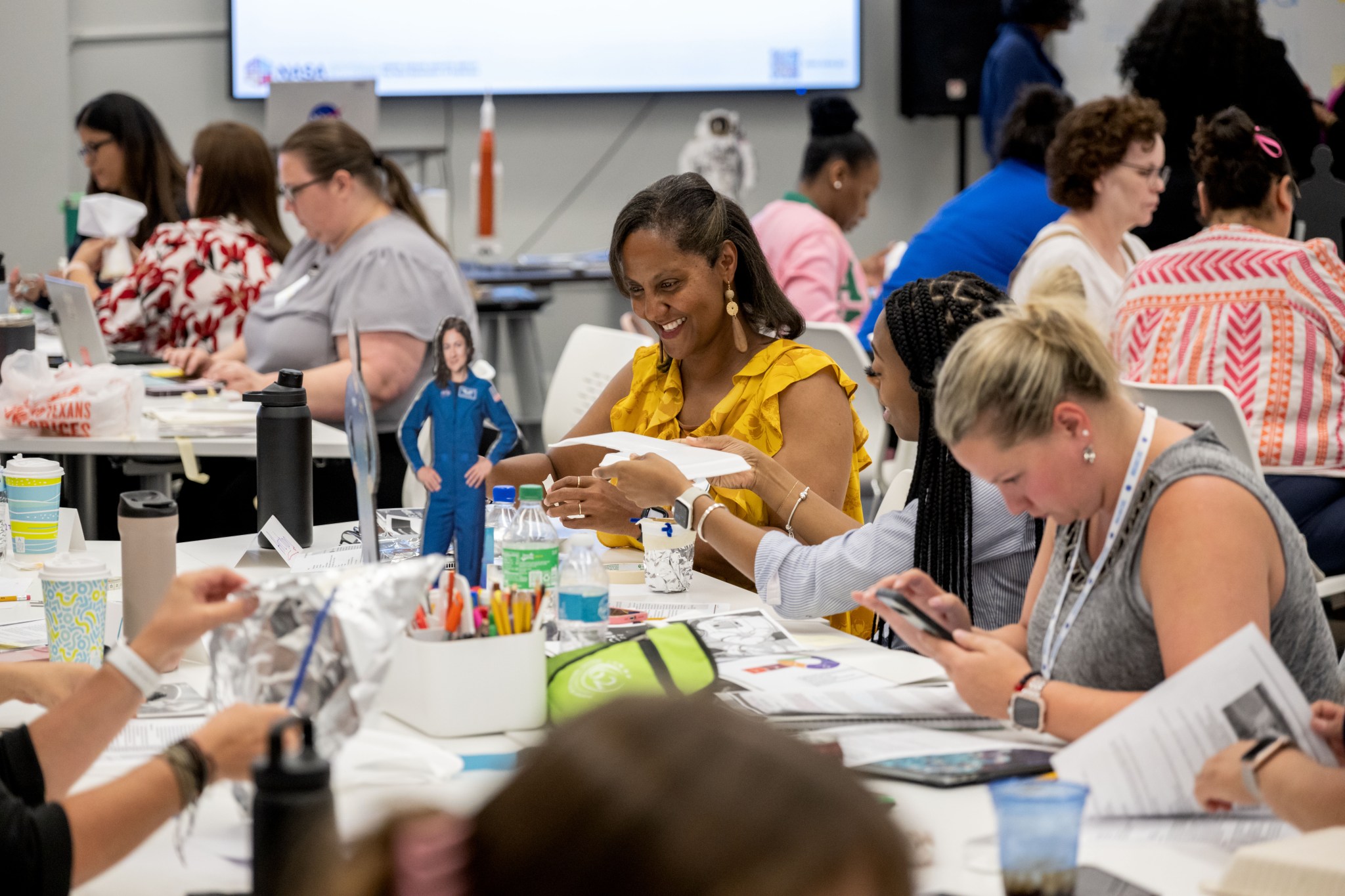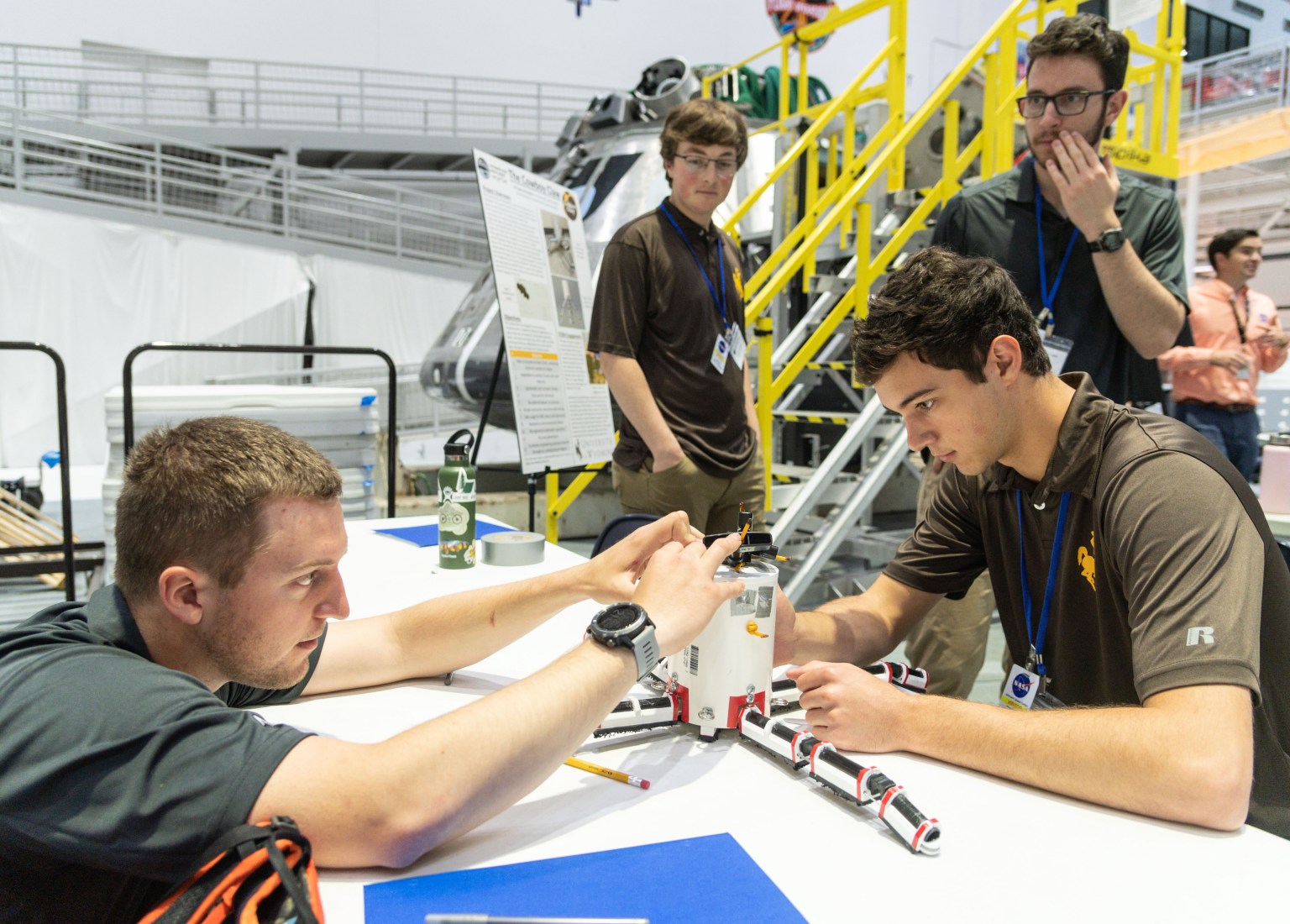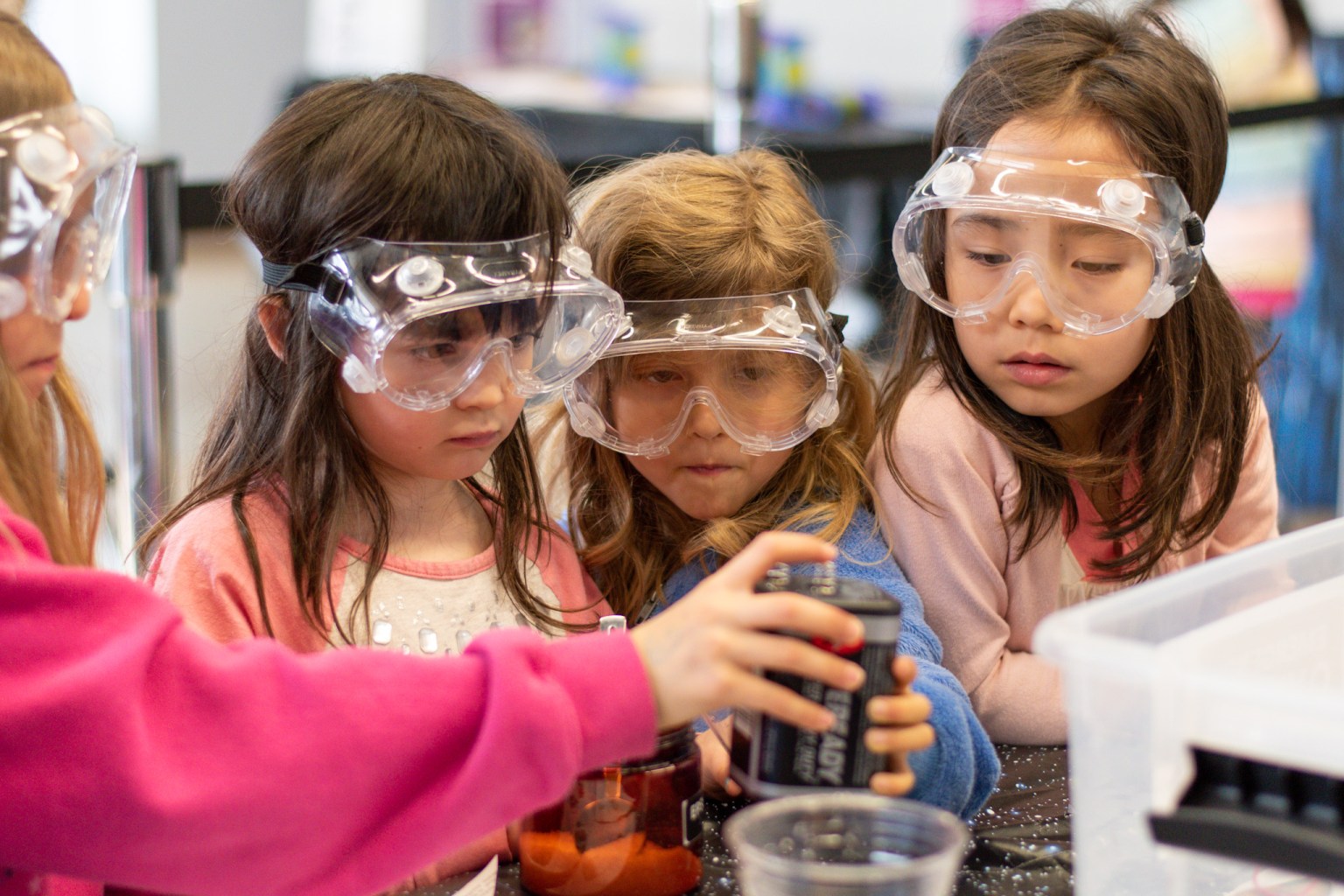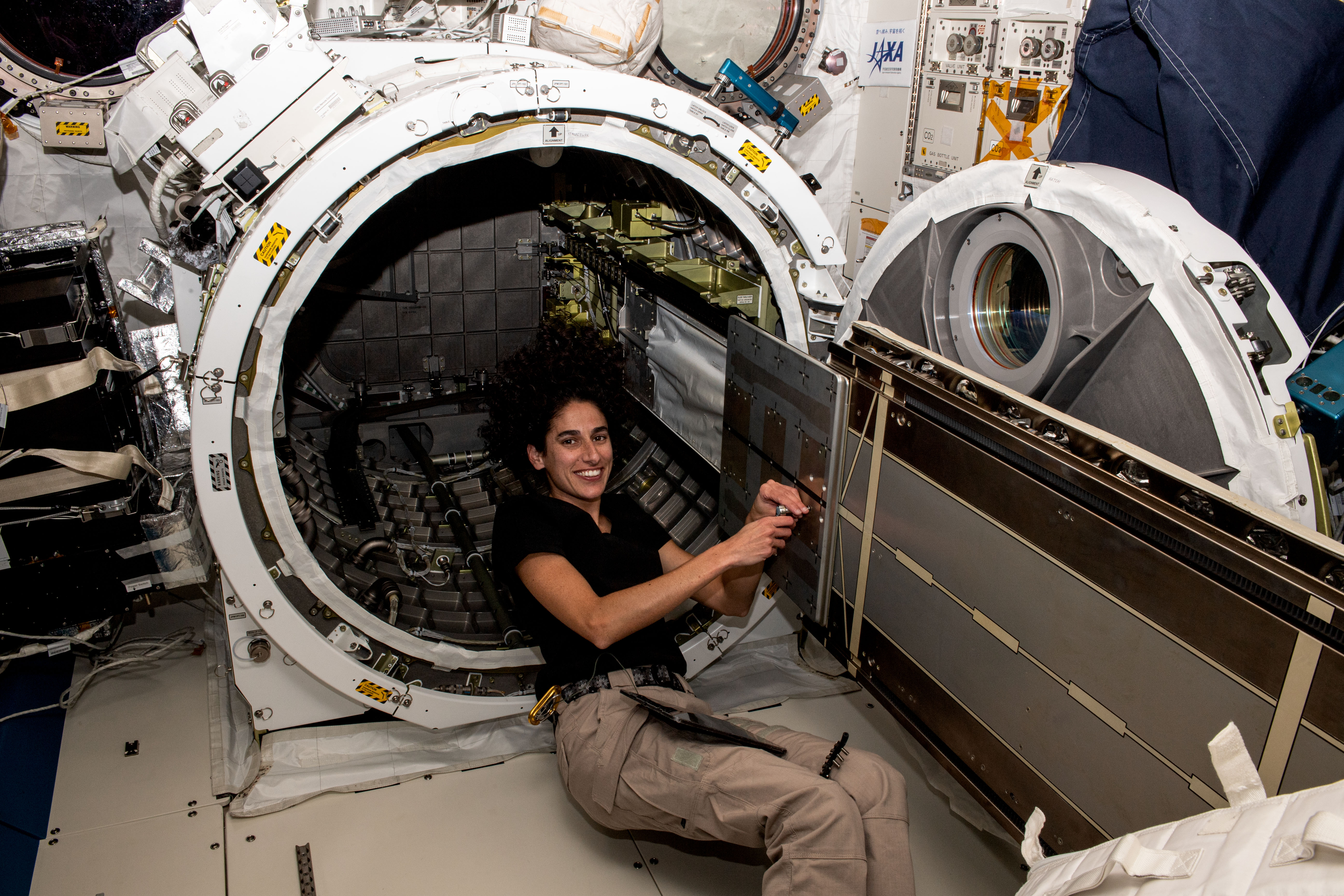NASA Knows – How Can I Get Involved With NASA Research?
NASA provides a variety of pathways for those outside the agency to contribute to authentic and meaningful research. Whether you’re a student pursuing a degree in STEM (science, technology, engineering, or mathematics), an educator looking for new ways to engage your classroom, or a citizen scientist enthusiastic about sharing your observations, there’s a wide array […]
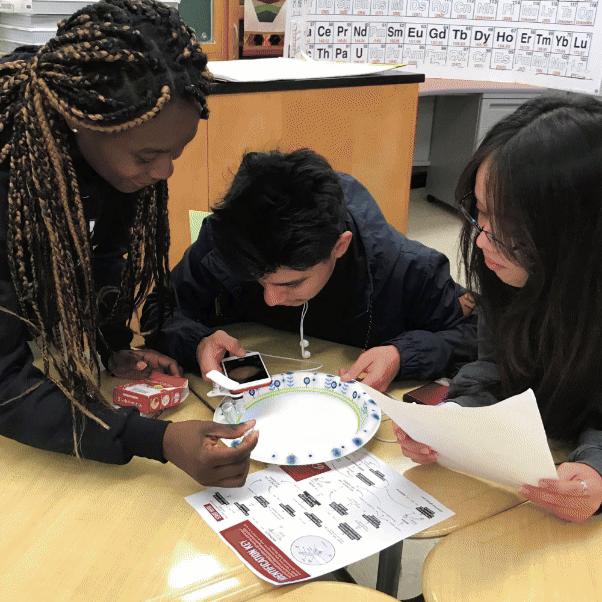
5 min read
Preparations for Next Moonwalk Simulations Underway (and Underwater)
NASA provides a variety of pathways for those outside the agency to contribute to authentic and meaningful research. Whether you’re a student pursuing a degree in STEM (science, technology, engineering, or mathematics), an educator looking for new ways to engage your classroom, or a citizen scientist enthusiastic about sharing your observations, there’s a wide array of opportunities to get involved in NASA research.
Everybody
People from all around the world can make contributions to NASA research through citizen science projects and other opportunities available to the public.
- Share your observations and take measurements in your part of the world through GLOBE (Global Learning and Observations to Benefit the Environment), an international science and education initiative that engages students, teachers, and the public in collecting and analyzing environmental data.
- Do you have a relevant idea for human health science research that could be performed on the future Gateway lunar space station? Follow these steps to share your idea for consideration.
- The Prizes, Challenges, and Crowdsourcing program through NASA’s Space Technology Mission Directorate invites citizen scientists to develop innovations in recycling material waste on deep space missions, develop aids/devices for navigating on the lunar surface during future Artemis missions, and more.
- Do you have the “right stuff” to participate in a simulated deep space mission? NASA’s HERA (the Human Exploration Research Analog) is seeking healthy subjects to participate in 45-day simulations to study the physiological and psychological effects of isolation and confinement on humans to help prepare for future missions to the Moon and Mars.
- Visit the NASA Citizen Science webpage for more opportunities to discover the secrets of the universe, search for life elsewhere, and improve life on Earth and in space.
Middle and High School Students
Students can gain valuable experience while making a difference in the future of aeronautics and exploration.
- Rising high school juniors and seniors are eligible to apply for the four-week Gene Lab for High School Students training program sponsored by NASA’s Ames Research Center in Silicon Valley, California. The program focuses on collecting and analyzing complex biological data such as genetic codes, and computational biology.
- Through the annual TechRise Student Challenge offered by NASA’s Space Technology Mission Directorate, U.S. students in grades 6 to 12 form teams and design an experiment to fly on a suborbital flight platform such as a high-altitude balloon.
- Interested in aviation? The Dream With Us Design Challenge through NASA’s Aeronautics Research Mission Directorate invites students in grades 6 to 12 to envision new innovations that will improve the safety, sustainability, and accessibility of aviation systems and technology.
- Through NASA internships, U.S. students ages 16 and up can boost their research experience and contribute to NASA’s work with the guidance of an agency mentor.
Undergraduate and Graduate Students
NASA offers a variety of research opportunities for college students preparing to launch their own exciting careers in STEM.
- NASA’s Established Program to Stimulate Competitive Research (EPSCoR) grants competitive awards to enable college and university students within specific U.S. jurisdictions to participate in cutting-edge research projects that address NASA’s challenges and needs.
- The National Space Grant College and Fellowship Project (Space Grant), is a national network of colleges and universities comprising a total of 52 consortia across the U.S. These consortia fund several research opportunities for students attending member colleges and universities. Look up your state’s Space Grant consortium website to discover available opportunities.
- NASA internships are available in a wide range of opportunities for undergraduate and graduate students, enabling meaningful contributions to NASA’s missions as well as authentic experience as a part of the agency’s world-class workforce.
- Through the University Student Research Challenge, students are invited to propose their ideas describing innovative new approaches to tackling one of six major research areas as outlined by NASA’s Aeronautics Research Mission Directorate.
- Students can take part in valuable studies of the ever-changing Earth system through NASA’s Earth Science Division’s Early Career Research (ECR) program. ECR includes the eight-week Student Airborne Research Program, the Climate Change Research Initiative, and more.
- College students at Minority Serving Institutions can contribute to the agency’s exploration goals through many opportunities offered by NASA’s Minority University Research and Education Project (MUREP).
Educators
NASA provides opportunities for educators to participate in authentic aerospace research, as well as to engage their students in research in the classroom.
- Space Grant offers a variety of opportunities for educators, from curriculum enhancement and faculty development to grants enabling teachers to bring NASA research into the classroom. Look up your state’s Space Grant consortium website to discover available opportunities.
- NASA welcomes interns with professional teaching experience to help foster the education and curiosity of students who will shape the future workforce. Visit NASA Internships to learn more and find current opportunities.
- Through NASA’s Climate Change Research Initiative, part of the agency’s Earth Science Division’s Early Career Research Program, high school STEM educators can join a research team led by NASA scientists to focus on a research area related to climate change.
There’s More to Explore
Explore available NASA STEM learning experiences, such as internship roles, student competitions, or engagements with NASA researchers, through NASA’s STEM Gateway platform. Visit NASA’s Learning Resources webpage for the latest news and resources from the agency’s Office of STEM Engagement.
What's Your Reaction?








